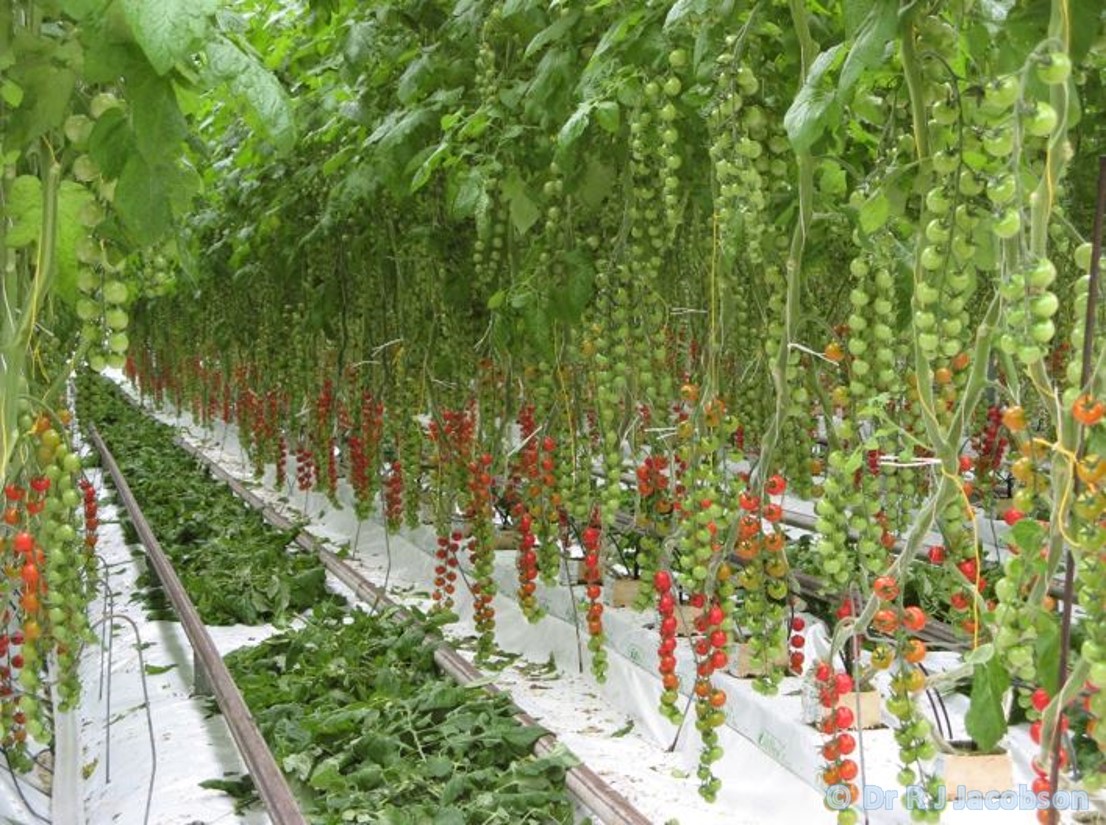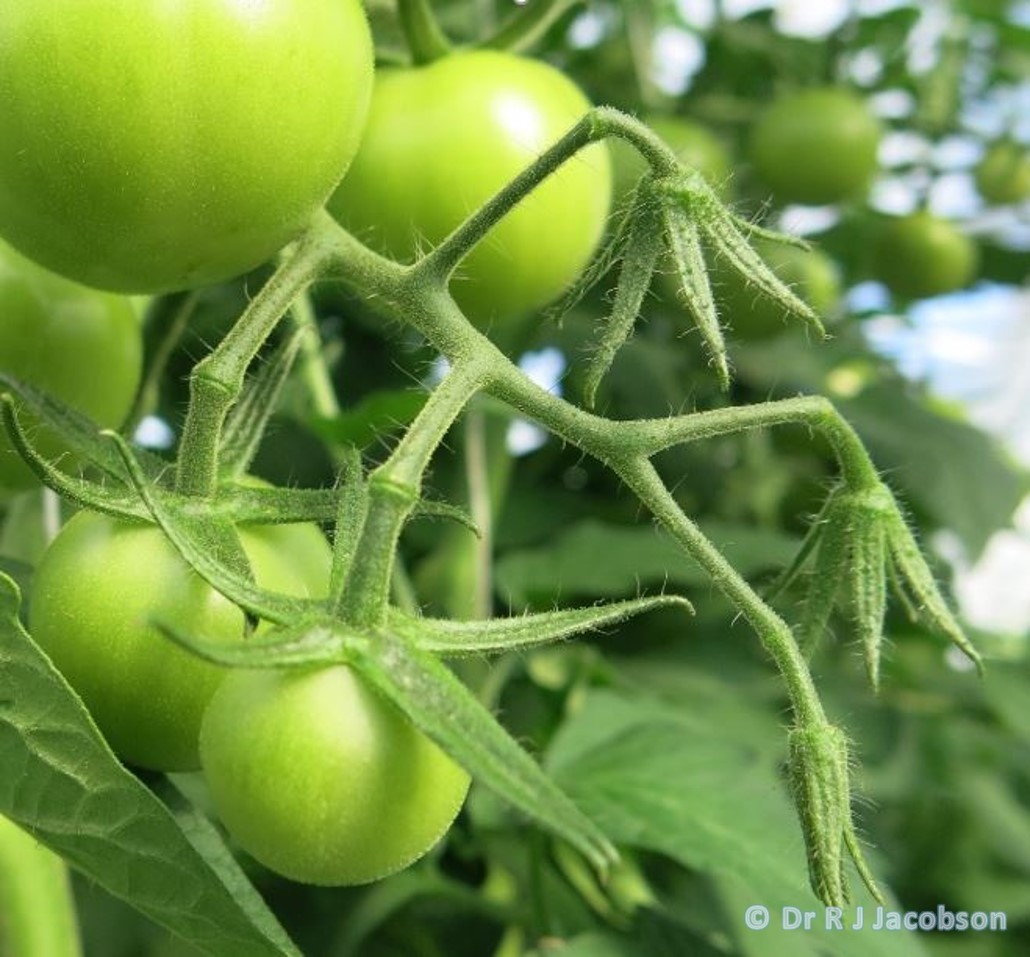Please click here to access the main AHDB website and other sectors.
- Home
- Knowledge library
- Financial implications of poor fruit set in UK tomato crops
Financial implications of poor fruit set in UK tomato crops
Read about the financial benefits of biological pollination and also the impact caused by inadequate fruit set.
The benefits of biological pollination
Bumblebees were first introduced to British tomato growers in 1989, and the benefits were so great that by 1992 they were being used to pollinate virtually all long-season tomato crops in the UK.
The economics of tomato production in the UK has changed considerably since 1989. At that time, growers’ profit margins were sufficiently large to absorb the relatively inefficient fruit set that resulted from manually assisted pollination. However, pressure from retail customers has since greatly reduced financial margins and growers have now become dependent upon the benefits obtained from biological pollination, such as reduced labour costs, improved fruit set, increased fruit size and better fruit shape, as well as complete truss formation in cultivars which are harvested and marketed as whole ripe trusses.

Fruit of cv Piccolo to be harvested as complete ripe trusses. © Dr R J Jacobson
Potential losses within an individual crop
It’s difficult to generalise about production levels and the financial value of British tomato crops due to the wide range of products supplied to retail customers. However, we can make informed estimates of the potential losses that can result from a poor set:
- Long season tomato plants produce 35–40 trusses per season. The loss of set due to inadequate pollination on just two trusses equates to about 5.3% of annual production, which would be in the region of £45k/ha/season
- Poor set on more trusses would increase the financial loss pro-rata
- Although this is an estimate, these figures are broadly consistent with real losses that some growers have reported following the enforced change from non-native to native bumblebees
- Labour is becoming increasingly difficult to source for tomato production and is particularly problematic when managing the sporadic requirement for manual pollination. Where labour is available, the cost can exceed £2.4k/ha over the high-risk period in the summer
The 2017 and 2019 surveys indicated that many growers compensated for the poorer activity of Bta by using many more colonies throughout the season. The planned hive input schedules, numbers of extra hives used, and the cost of those hives varies greatly depending on the type of production site and the cultivars being grown, but we can generalise by taking average figures from those surveys. For example, given a planned input schedule of 75 hives/ha, a requirement for 20% additional hives at £30/hive equates to £450/ha/season. This extra cost must be borne by either the grower or the supplier

Incomplete set resulting from poor bumblebee activity. © Dr R J Jacobson.
Potential financial losses to UK tomato production
A loss of £45k/ha/season (as illustrated above) extrapolated across the whole British tomato industry would equate to over £8.2m. Inadequate set on additional trusses would increase losses proportionally; for example, loss of fruit set on five trusses would cost the industry over £20m. Such losses would not be sustainable and would force British growers out of business.
Useful links
Got a question? Ask a member of the team
Author
The content on this page was authored for AHDB by Dr Rob Jacobson (Rob Jacobson Consultancy Ltd).

